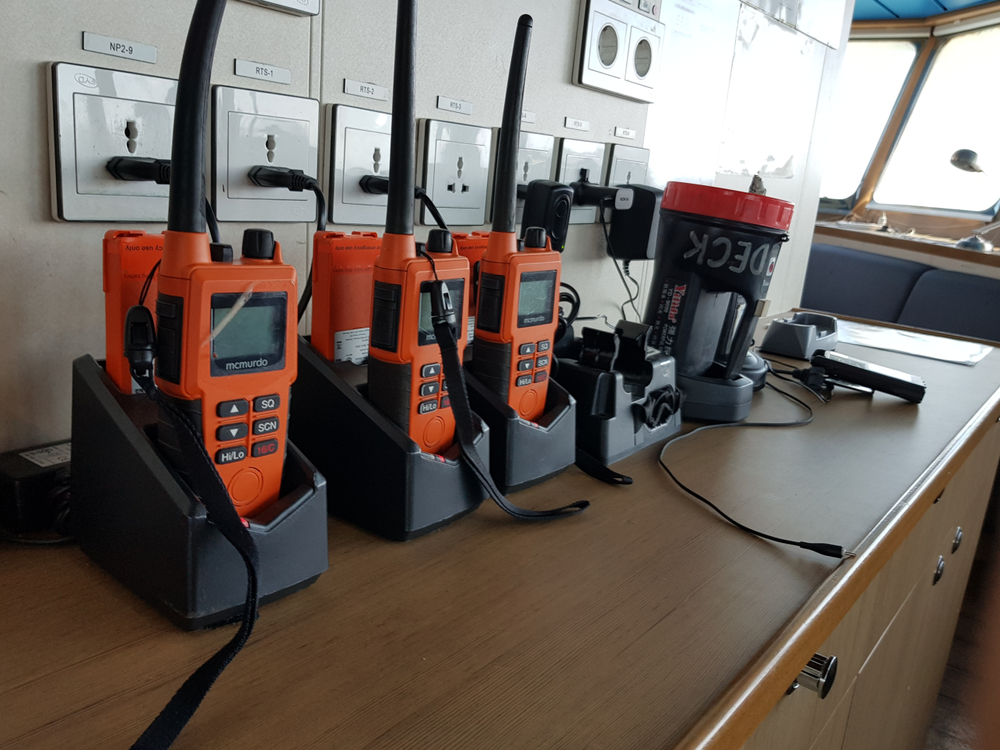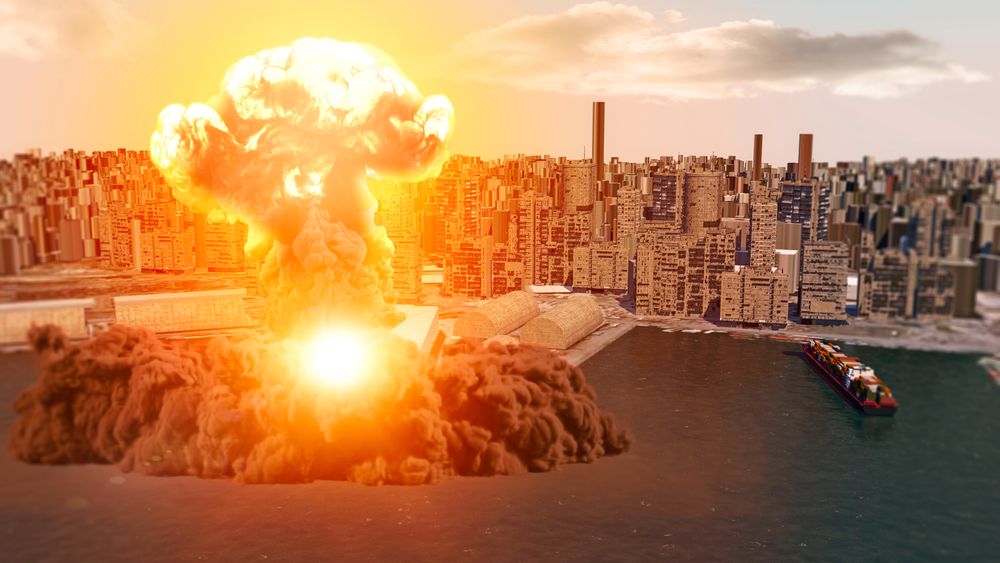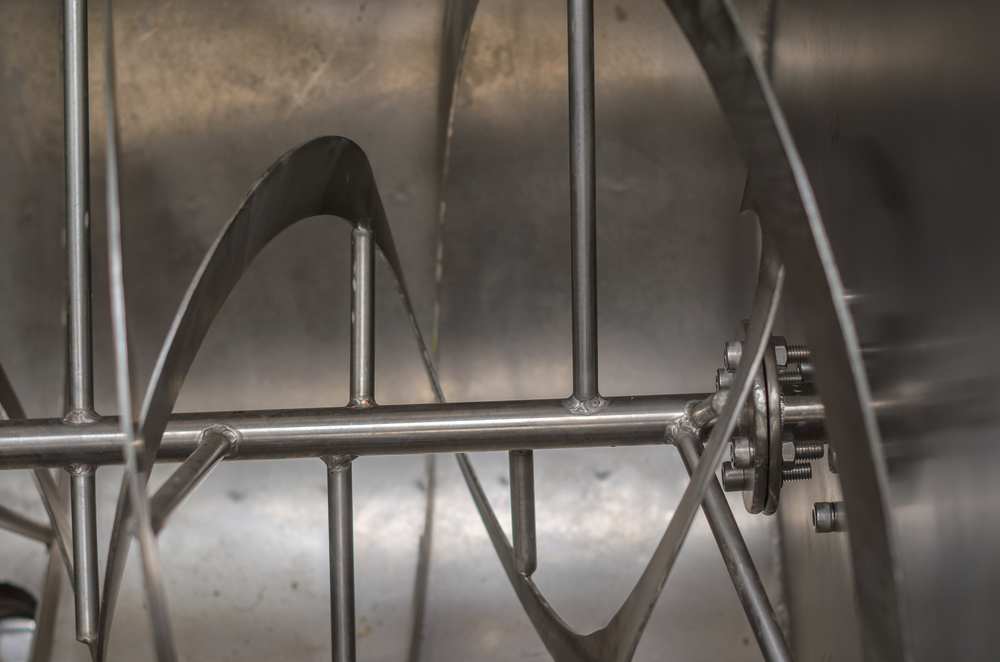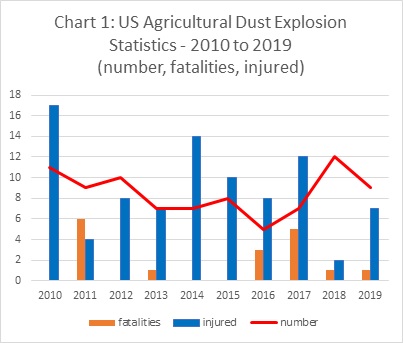Search
Explainers: Hazardous Location Classification

Hazardous Location: The National Electric Code defines Hazardous Locations as “places where fire or explosion hazards may exist due to the presence or occurrence of flammable gases or vapors, flammable liquids, combustible dust, or ignitable fibers or flyings”.
Hazardous Location Classification: Hazardous locations (Areas) with fire or explosion risks due to the likely presence of explosive atmospheres and/or mixtures – are called Classified (or Hazardous) locations or areas. In North America (United States and Canada) these locations or areas are classified with a Class/Division system.
More information on the Class/ Division/ Group system in North America is available in a previous Process Safety Dispatch article available here.
Electrical Equipment in Hazardous Locations
Electrical equipment for use in hazardous locations is designed and operated in such a way that it will not cause ignition of a surrounding hazardous atmosphere, despite the presence of spark or explosion inside its enclosure. This can be accomplished by, for example:
- Limiting entry of the flammable atmosphere into equipment housing
- Making the equipment strong enough to contain and cool potential combustion gases produced inside
- Allowing products of combustion to be safely released from the equipment without causing an ignition
- Purging/ pressurizing the Enclosure with clean air or inert gas to prevent entry of the flammable atmosphere,
- Other techniques, including Energy Limitation (Intrinsically Safe systems and/or Non-incendive devices and wiring).
Intrinsic Safety
Intrinsic Safety (IS): is a technique used for the safe operation of electrical equipment located in hazardous areas. It is based on the idea that the ignition of flammable or explosible substances can be prevented by limiting the electrical and thermal energy that is available for ignition through equipment design. IS technique finds wide use on chemical and process plant and is particularly valuable when used with signal and control circuits that can operate with low currents and voltages.

Get in touch
To learn more about our expertise and services in dust explosion prevention & mitigation, call us at +1 609 455 0001 or email us at [email protected] today.
We also offer tailored virtual and in-company process safety training programs on Dust Explosions, Static Electricity and HAC (Hazardous Area Classification) and more. Find further information here.
We use cookies to help us enhance your experience on our website. By clicking “Accept,” you consent to our use of cookies. Read our Privacy Policy for more.











